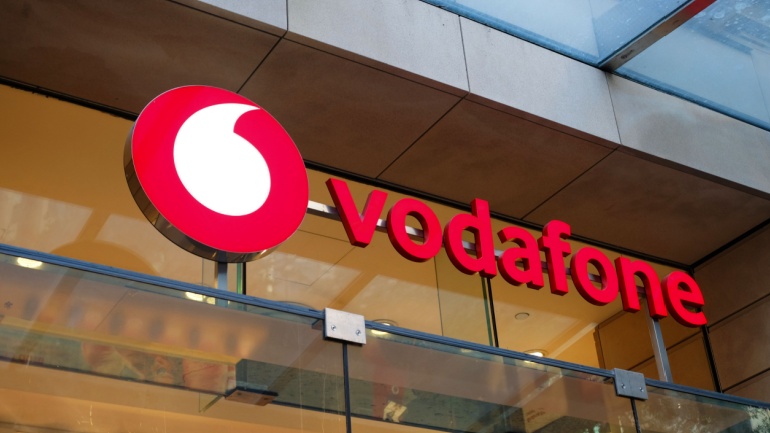RDK Management (RDK) today announced that it has joined the Wireless Broadband Alliance (WBA) and that the two organizations’ members plan to collaborate on industry-wide initiatives such as Operator Managed Wi-Fi, Wi-Fi 7, and IoT. RDK and WBA share many common members across broadband operators and technology companies that are committed to deploying RDK for Broadband (RDK-B).
Intelsat has announced the expansion of its partnership with Eutelsat through a significant $500 million agreement over seven years, aiming to capitalize on the burgeoning opportunities in the multi-orbit space sector. This collaboration will integrate Eutelsat’s OneWeb Low Earth Orbit (LEO) network, which it has owned for six months, with Intelsat’s existing geostationary orbit (GEO) and terrestrial networks. The goal is to enhance the range of services Intelsat can offer by leveraging these combined space assets.
In a significant move aimed at reducing its hefty debt, Altice has decided to offload its French media operations to the maritime giant CMA CGM for €1.55 billion. The deal, structured as a cash transaction, sees CMA CGM acquiring an 80% share, while the remaining 20% goes to Merit France, a holding company related to the shipping group. This strategic sale encompasses Altice Media, the parent company of the well-regarded news channel BFM and RMC, a radio broadcaster.
In a notable development, Vodafone has agreed to sell its operations in Italy to Swisscom, the Swiss telecommunications giant, for €8 billion, marking a significant shift in its business strategy. This sale is part of a broader effort by Vodafone to restructure its operations across Europe, aiming for a stronger, more focused presence in growing markets.
In a bold move that underscores its commitment to leading the UK’s fibre optic expansion, CityFibre has acquired Lit Fibre, a smaller but significant player in the market. This strategic acquisition is set to boost CityFibre’s reach by an additional 300,000 premises, signaling a significant step in its quest to become the nation’s third major infrastructure platform, alongside giants like Virgin Media O2 and Openreach.
First Orion, the leading provider of branded communication solutions for enterprises, announces that the industry’s first real-time out-of-band call authentication solution, INFORM Paired, is now available across all major U.S. carriers. INFORM Paired ensures bad actors cannot impersonate a branded call from a legitimate enterprise and, as a result, reduces the risk of consumers getting scammed.
Internet connectivity in West Africa is in a fragile state due to substantial damage to critical undersea cables resulting in limited or non-existent service in regions including Ivory Coast, Liberia, and Benin. The impact is reportedly extreme, with ripple effects reaching as far as South Africa. Telecom giants MTN and Vodafone linked the disruptions to these cable issues.
In a significant stride towards sustainability, SK Telecom, alongside Iceotope Technologies and SK Enmove, has announced a strategic partnership aimed at revolutionizing the cooling systems of AI data centers. This collaboration, marked by the signing of a memorandum of understanding (MOU), focuses on the development and deployment of a liquid cooling technique designed to significantly enhance the energy efficiency of AI data centers.
In an ambitious move, the Indian government has announced its plans to hold a mobile spectrum auction in May, eyeing a starting bid of nearly US$12 billion. Despite the high hopes tied to this event, experts remain skeptical about its success, given the tepid interest expected from the country’s telecom operators.
Arelion and Telxius are collaborating to provide fully diverse, multi-terabit connectivity into Telxius’ landing stations in Boca Raton and Jacksonville, Florida. This fiber network expansion establishes Arelion Points-of-Presence (PoPs) at each Telxius landing station. For Telxius, it empowers customers with resilient Tier-1 optical transport and high-speed access to Arelion’s North American network. Together, Arelion and Telxius are making a significant investment in the Florida Peninsula to connect Latin American customers to North America through submarine and terrestrial systems.













